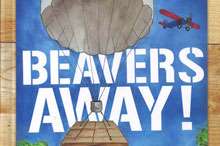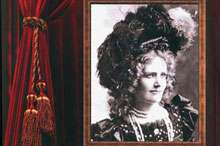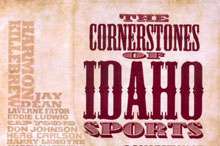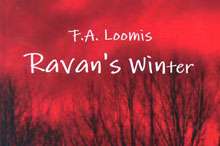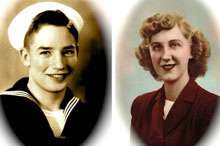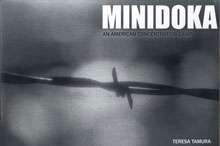Teresa Tamura grew up in Nampa, but before she began work on MINIDOKA: An American Concentration Camp (Caxton Press, 2013), she hadn’t seen the site, just hours from her home.
“In Memory of Minidoka,” an article in the Seattle Times, sparked a journey of discovery for her regarding the impact of Executive Order 9066 issued on February 19, 1942, following the attack on Pearl Harbor. The order authorized the removal of 120,000 West Coast Japanese-Americans, justified as a “military necessity.” A random, unexplainable “jagged line” drawn through Washington, Oregon, California, Arizona, and engulfing Alaska took some and left others, the largest forced relocation in United States history.
Teresa learned that more than nine thousand people of Japanese ancestry had lived at the Minidoka camp between 1942 and 1945. Although a third generation Japanese-American, her parents and grandparents were not relocated, and had never mentioned Minidoka. Wondering what was left of the site, what documentation remained, and what had become of those once incarcerated, she sought answers. The result is her book, which illustrates what transpired during those years, what became of the people interred there, and the ripple effects upon their children, grandchildren, and great-grandchildren.
Continue reading →


